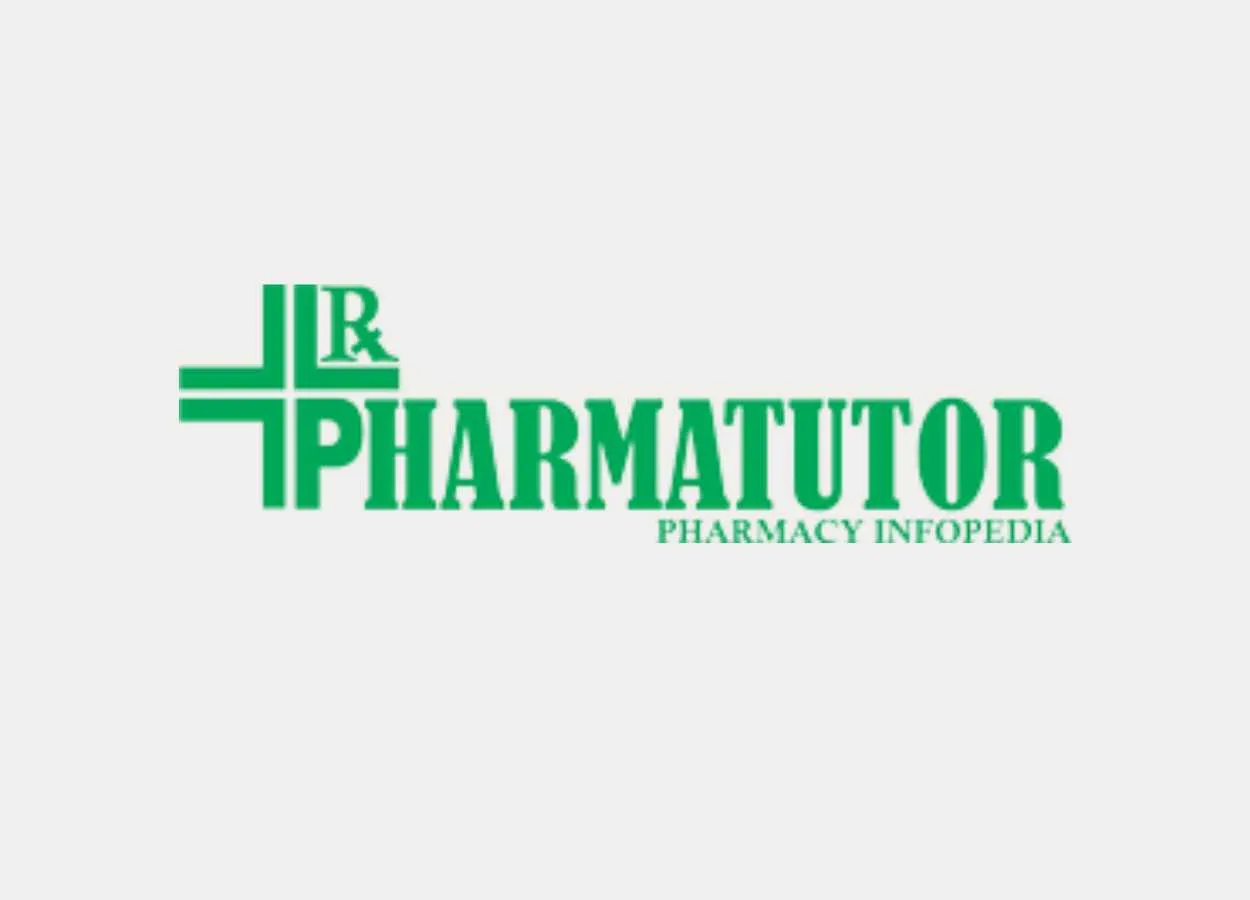A recent study carried out by Pharma IQ has shed some light on some very common problems pharmaceutical companies face in the field of Packaging and Labeling. Companies already know their internal challenges, but are often unaware of the global trend of recurring issues and solutions to overcoming them. This is because the strict rules and regulations of packaging quality control in pharma, are not only strict, but also vary across different parts of the world.
[adsense:336x280:8701650588]
Additionally, these regulations continue to evolve across the globe, as authorities aim at placing patient safety as the top priority in defining regulatory guidelines. Along with that, pharma businesses have their own business and branding goals which are all often difficult to harmonize during the artwork production.
The most stable food and pharma regulator is the U.S. FDA. EMA of Europe is still reaching its stability, especially in more challenging countries. Yet, even in the U.S. a new challenge has only recently popped up, and that’s the FMD (Falsified Medicines Directive). The FMD requires serialization, meaning that all pharma companies must include the product serial code and tamper evidence seal.
As the Pharma IQ study, carried out in association with Perigord, for the Packaging and Labeling Summit 2016 shows; novelties such as this one cause confusion in countries with an unstable regulatory system. More about that later on.
Challenge of label space availability
Harmonizing the regulatory requirements with branding and marketing, and additional language translations for a label, is one of the biggest pain points within pharma. The study shows that this is due to the amount of available space in relation to the amount of required information.
The advised way to overcome this challenge is to prioritize the artwork content. Patient safety should be top priority. The FDA has a set of guidelines which refer to the advised and obligatory contents on a label. Companies are advised to incorporate only the obligatory information first, then the relevant advised content and business content in terms of marketing.
Packaging and labeling specialists and solution providers advise on the use of a workflow checklist and automation software for managing label production.
How to avoid supply chain disruption
Label recalls are the direct cause of supply chain disruption and financial losses. Even the smallest error on a print job requires a label recall, otherwise company brand identity risks compromisation.
The 2016 study of challenges shows, there is a 48% trend of companies not even ready to make a change within their packaging and labeling process. Companies using in-house systems have a harder time than companies outsourcing the artwork production.
Companies using in-house systems need to stay up to date with the latest regulatory changes and innovative technologies from the packaging and labelling sector. Switching to automation and bringing change into the workflow requires a well defined strategy. But, if implemented well, it guarantees process time efficiency, risk reduction, and better regulatory compliance.
NOW YOU CAN ALSO PUBLISH YOUR ARTICLE ONLINE.
SUBMIT YOUR ARTICLE/PROJECT AT editor-in-chief@pharmatutor.org
Subscribe to Pharmatutor Alerts by Email
FIND OUT MORE ARTICLES AT OUR DATABASE
Staying compliant and maintaining brand consistency
Due to the amount of available space on a packaging label, and to the novelty serialization required by the FMD, pharma companies are forced to place label branding and marketing goals as the lowest priority. But branding is a necessity for the success of any business.
This is why packaging and labeling specialists advise on using a simple and flexible set of branding guidelines and standards.
Another necessity for branding consistency is a print inspection system which will ensure that a print job is being inspected by all stakeholders.
Automation challenges and benefits
Packaging quality control automation has been around for a while now, and it continues to evolve. The most advanced country in this industry is North America, mostly because of the stable regulatory system of the FDA. Some of the best innovations and technologies of the packaging and labelling industry come from this country.
Unfortunately, some companies are either sceptical to fully automate or are not change ready.
One of the trending automation challenges is translation. This is due to the fact that automatically translated text doesn’t sound natural. So companies continue to translate manually.
However, depending on the amount and complexity of text to be translated, in many cases it’s easier and faster to translate automatically and to edit accordingly.
Pharma companies need to move away from automation scepticism and start looking at the benefits it brings. Change may sound overwhelming, but with a good strategy for making changes to the workflow, great improvements are being invented. These include label recall reduction, efficient label production system, cost and risk reduction, commercial and regulatory compliance.
A good label production and packaging quality control automation platform will assist in creating labels which are fully compliant.
NOW YOU CAN ALSO PUBLISH YOUR ARTICLE ONLINE.
SUBMIT YOUR ARTICLE/PROJECT AT editor-in-chief@pharmatutor.org
Subscribe to Pharmatutor Alerts by Email
FIND OUT MORE ARTICLES AT OUR DATABASE









